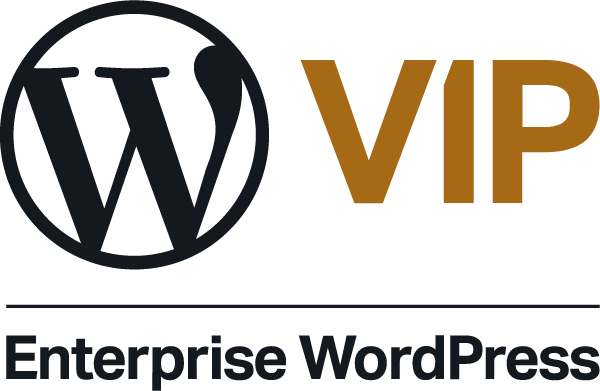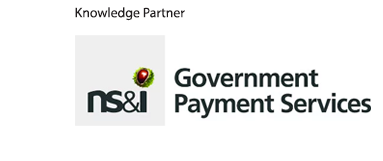Why accessible digital services are an innovation opportunity for governments

As government services are increasingly digitalised, it’s essential that public service organisations take steps to ensure accessibility in online spaces just as in the physical realm.
During a recent Global Government Forum webinar, which was supported by knowledge partner Nava, expert panellists shared practical information on how to make sure accessibility is built into digital services from the start.
Accessibility in government today
The conversation opened with a focus on the growing recognition of the importance of accessibility in public sector digital transformation.
Andrew Nielson, director of the government-wide IT Accessibility Program at the US General Services Administration (GSA), highlighted recent efforts within the US federal government to integrate accessibility into policy development. Several White House memos and directives have emphasised the importance of digital accessibility as a core component of good digital experience.
In late 2022, Congress directed the Office of Management and Budget (OMB) and the GSA, in collaboration with community members and the U.S. Access Board, to create assessment criteria for federal agencies on accessibility and to report on their progress.
A survey asked agencies about compliance with Section 508 IT accessibility standards and evaluated their maturity in implementing these standards, using a five-point scale for both compliance and maturity levels.
The results showed that 76% of the 249 agencies that responded rated between very low to moderate on both maturity and compliance. Less than 30% of top web content, including web pages, videos and documents, was found to fully conform to Section 508 standards.
Nielson noted that while there is still “huge room for improvement” there are also “promising trends” and signs of progress as more agencies allocate resources and prioritise accessibility. Early indications suggest a cultural shift driven by the recent executive priorities.
Read more: Exclusive research sets out how the next US administration can lead on digital service delivery
The digital accessibility journey: A shared challenge
Dr Marvourneen Dolor, director of product management at Bloomberg Government, emphasised the complexity of making digital services truly accessible.
Drawing from her previous experience at the Centers for Medicare & Medicaid Services and the US Digital Service, Dolor explained how early in her career she assumed that accessible design would be a given but later realised the challenges. She stressed the importance of a user focus.
“If everybody in any country had to deal with public services as they exist today, they would improve immediately,” she remarked.
She added that while “there are a lot of complexities”, the fact that “we’re on the journey is the most important thing”.
Local and state-level efforts
Andrew Drummond, state director of accessibility at the Maryland Department of Information Technology, shared progress the department is making.
He emphasised the role of governance in ensuring accessibility because “without governance, we’re going to continue to make the same mistakes”. He said that rather than a cycle of fixing, testing and remediating, strong governance supports the replication of good digital processes for a better customer experience.
The state launched its first digital accessibility policy in January, which includes what Drummond called “the nation’s first accessibility officer initiative” across agencies.
“From there, we created a community of practice where these accessibility officers are learning more and more about accessibility, governance, testing, about document accessibility, and just making sure that we are creating an accessible digital footprint for all Marylanders to utilise,” Drummond said.
Accessibility standards were raised from WCAG 2.0, which aligned with Section 508 requirements, to WCAG 2.1. This includes improving accessibility for mobile devices, which many Maryland residents use to access government services.
Another area of focus has been procurement reform. “We… probably made some of the most aggressive procurement updates around digital accessibility in the nation,” Drummond said.
This includes an ‘accessibility hold back’, which means holding back a certain percentage of every vendor IT invoice each month so that if there are any accessibility compliance issues, money is available for remediation.
It’s “some pretty aggressive language, some pretty aggressive action” to ensure accessibility, said Drummond.
Read more: Ensuring AI is inclusive: Five minutes with Canada’s first chief accessibility officer
Agility for accessibility
Jodi Leo, chief delivery officer at Nava, a public benefit corporation that emerged from the effort to rebuild HealthCare.gov, expanded on the issue of procurement, saying that she has seen bid solicitation documents go from “boiler plate to human-centered language” and there is a growing requirement for the inclusion of details such as how specific outcomes will be achieved.
Leo said she is also increasingly seeing federal and state government organisations rethink service delivery by centring users in the design process and continually iterating on systems rather than relying on large, one-time launches. She stressed that including users early and often helps to ensure accessibility is embedded into the service from the outset, rather than retrofitting accessibility features after development.
“The challenge, I would say, comes when we face situations where there is not a willingness to make that upfront investment in centring users,” she said, warning that “it becomes exponentially more difficult when we wait until the bulk of the service or the product is already developed.”
Bridging gaps and driving innovation
The panellists also discussed how accessibility can be seen as an opportunity for innovation rather than a constraint. Nielson noted that accessibility features like closed captions and kerb cuts (ramps at intersections that make pavements accessible) were initially created to meet the needs of disabled users but ended up benefiting society as a whole.
Dolor echoed this sentiment. “Making things accessible makes them better for everybody else,” she said. “It’s also just the right thing to do.”
As the webinar concluded, the experts agreed that collaboration across agencies, sectors and communities is essential to advancing accessibility in government services. Building trust with users – particularly vulnerable groups like those with disabilities – was highlighted as a crucial element of success.
Drummond underlined the importance of engaging with local communities to identify accessibility challenges and user needs.
The discussion wrapped up with a call to action urging government leaders to prioritise accessibility and inclusion as core components of digital transformation. Only through this holistic approach can governments build better services that meet the needs of all citizens.
The People over processes: Building human-centered systems that empower users to access services webinar was held on 17 October. Replay the full webinar here

















